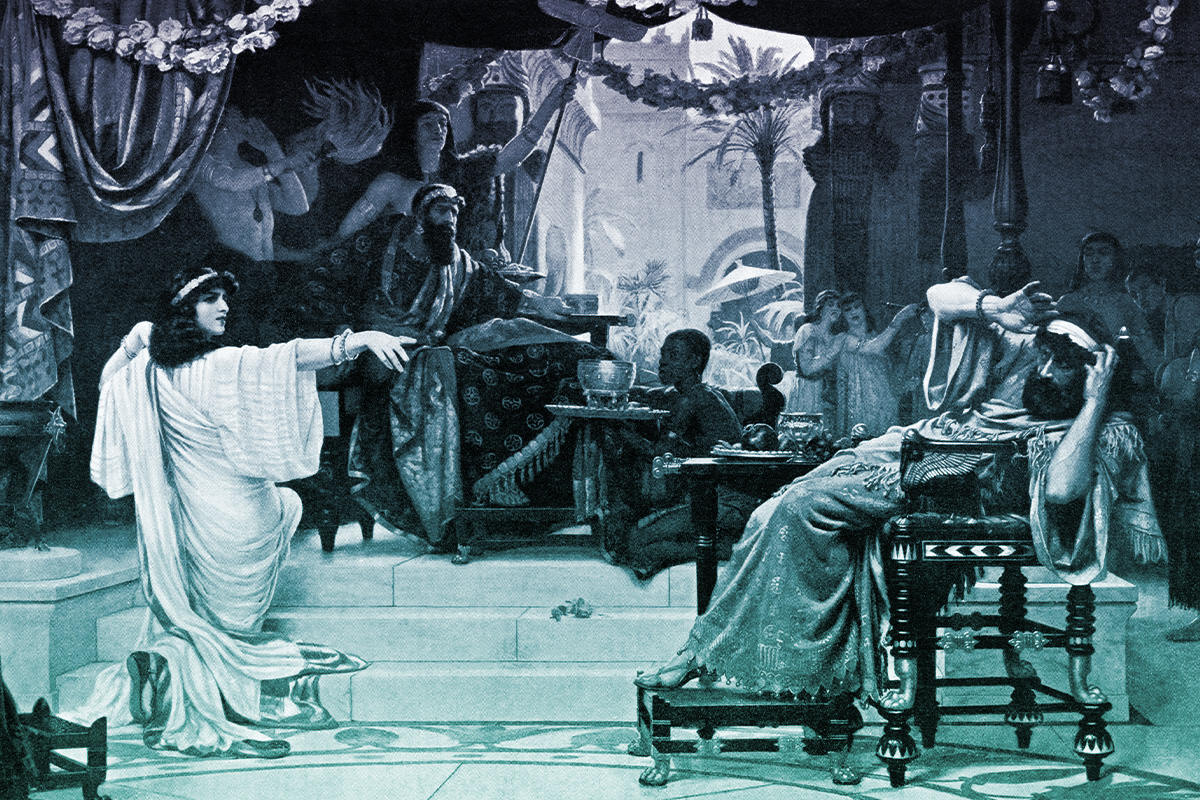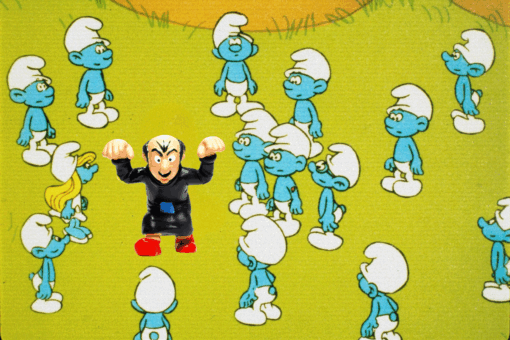It was the spring of 2018, and I was dressed like a cat. I was headed to my first Purim celebration as an adult. I had asked my friend, “What do costumes look like?” and he said, “Wear something you’d wear in front of your grandmother.”
I had been involved with this small traditional community for less than a year, so I asked him a lot of questions like that. I came from a much more secular background, so everything was very new to me. The first time I had walked into the community center where we met, I had felt completely out of place, wondering if this was even my religion. But after my friend invited me to Shabbat dinner, I realized I had to keep coming back until I could make it my own. I found the differences fascinating, particularly in translations and in what had been cut out from my own Jewish upbringing. I learned a lot about Jewish traditions, but also spirituality.
But what I would learn at that Purim would change the way I saw Judaism forever.
I walked into a small room packed to a level that would make anyone who has been living through COVID cringe. I was late, so they were out of megillot (the book that has the story of Esther) so I followed along on my phone. The entire reading was in Hebrew, and with attitude.
The story was pretty much the one I remembered from Hebrew school: King who has just expelled his wife goes searching for a new one and chooses Esther, the heroine, who has been instructed by her cousin Mordechai to hide that she is Jewish. Mordechai hears a plot to murder the king and reports it, earning him honor. Mordechai also refuses to bow to the king’s advisor, Haman, so Haman plots to murder all the Jews. The king is on board, until Mordechai convinces Esther she must approach the king (which is risky), since she herself is Jewish. She does and Haman’s plot is thwarted. Haman is hanged.
But then something happened that I wasn’t expecting. The book didn’t end there — in fact, there was a whole section I had never heard before. It begins:
“And so, on the thirteenth day of the twelfth month…when the king’s command and decree were to be executed, the very day on which the enemies of the Jews had expected to get them in their power, the opposite happened, and the Jews got their enemies in their power.” (Esther 9:1)
Later, the book explains, “the Jews struck at their enemies with the sword, slaying and destroying; they wreaked their will upon their enemies.”
Long story short: They kill 500 people, and then Haman’s sons, and then 300 more people. In the end, they kill a total of 75,000 people, all in the name of “self-defense.”
This realization was jarring to me. It wasn’t just learning a new part of Judaism; it wasn’t even learning a new interpretation of something I already knew. It was learning that something in Judaism had been presented to me in a way that, by omission, was not true to the real text.
I wouldn’t say I am angry with my Jewish education. I know they meant well. They had a very specific message about Judaism they wanted to convey. They taught me about justice, they taught us the Hebrew alphabet, we danced around with tambourines and had a great time. The killing of tens of thousands of people isn’t necessarily something to include in a Purim carnival for an elementary school student. By the time we were at an age when we might have been ready to grapple with this text, we were already in intense b’nai mitzvah prep. They had one precious block a week to teach us the V’ahavta (and boy do I know the V’ahavta).
But still, in cutting out a big part of a Jewish story, it feels like they were trying to cut out a part of me as well. I believe we all embody all that Judaism has to offer, even the parts we don’t know or don’t like. While I know killing 75,000 people is disturbing (even if some Jews claim it was necessary), there’s still something within that piece of our history that is mine to own. I would have liked the chance to decide for myself what parts of the story I’d like to engage with.
However, learning about the ending did strengthen my connection to Judaism in a profound way. In the years following that Purim party, I was inspired to dive deep into the liturgy, comparing translations and trying to understand what each said about the values of the different denominations. I became a frequent student of the Talmud, a complex book of Jewish law I previously had barely known existed. The jarring and challenging nature of this piece of the Purim story helped me appreciate the way Judaism provides a non-stop challenge. To this day, my understanding of the significance of the text continues to grow and change.
Purim offers us a chance to be joyful. But it also offers us a chance to look at the darker side of ourselves: the side that is angry at how much the Jews are pushed around, the side that wants revenge. These are hard things to admit, but that doesn’t mean we should just cut them out. Purim is a fantasy of what happens when the Jews get their enemies in their power. It allows us to think about how easy it is to get carried away, while also letting us accept that it’s OK to be angry. It forces us to look at how power can be abused, and to look at real world examples of times the story has been used to hurt others (like the Purim Massacre in 1994). We can’t reclaim the story from those who use it to abuse their power if we don’t fight with the text ourselves, and find our own interpretations.
However, there is one thing above all else my Jewish education taught me, and they did so very well: to love being Jewish, and to keep coming back even when I didn’t think it had anything more to offer me. If not for that, I would not be here writing this right now.
My favorite rabbi/author, Rabbi Alan Lew, defines joy as “any feeling fully felt.” By this definition, it is only possible to truly feel the fullness of the holiday by looking through, yes, the whole Megillah.



